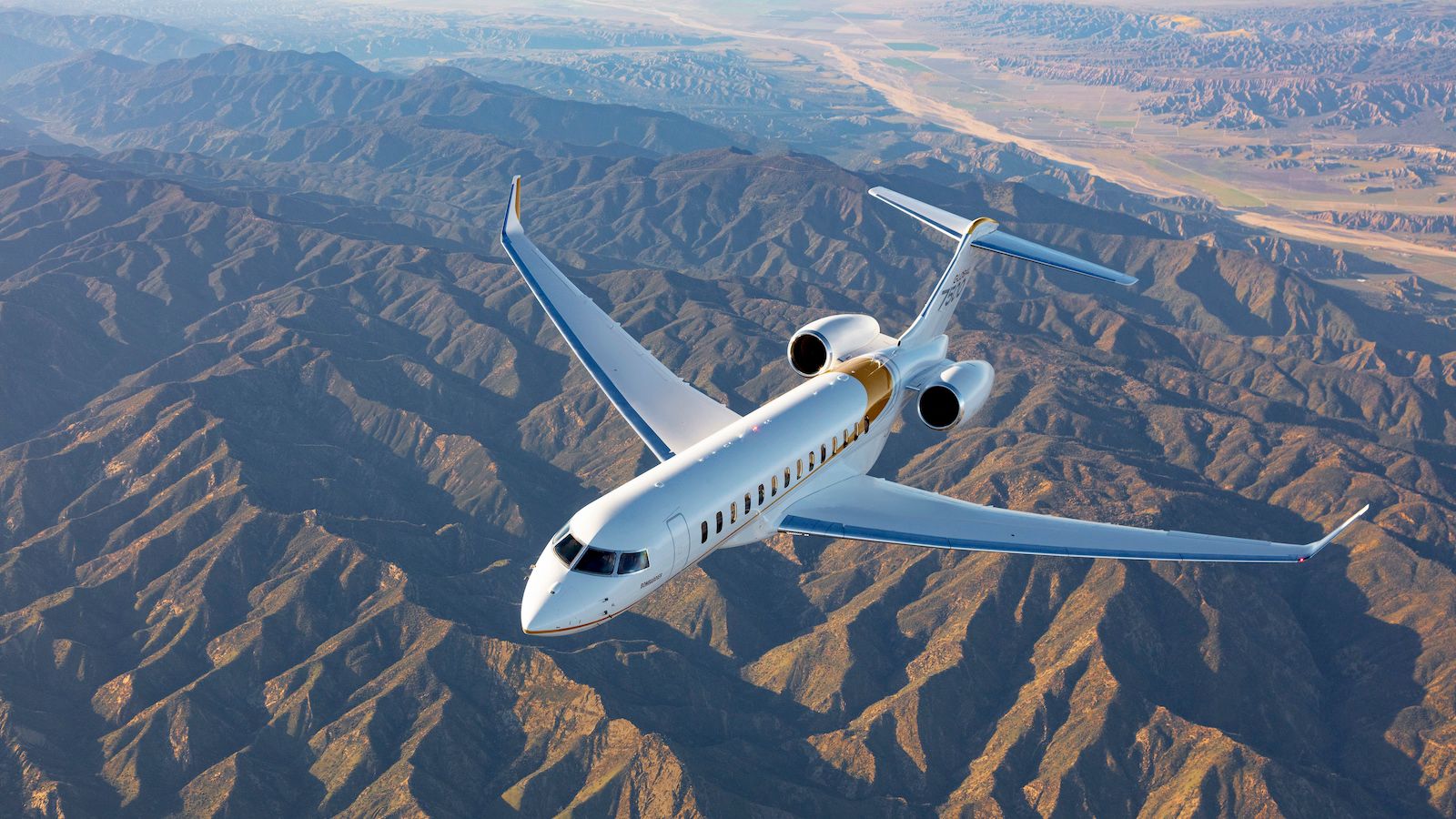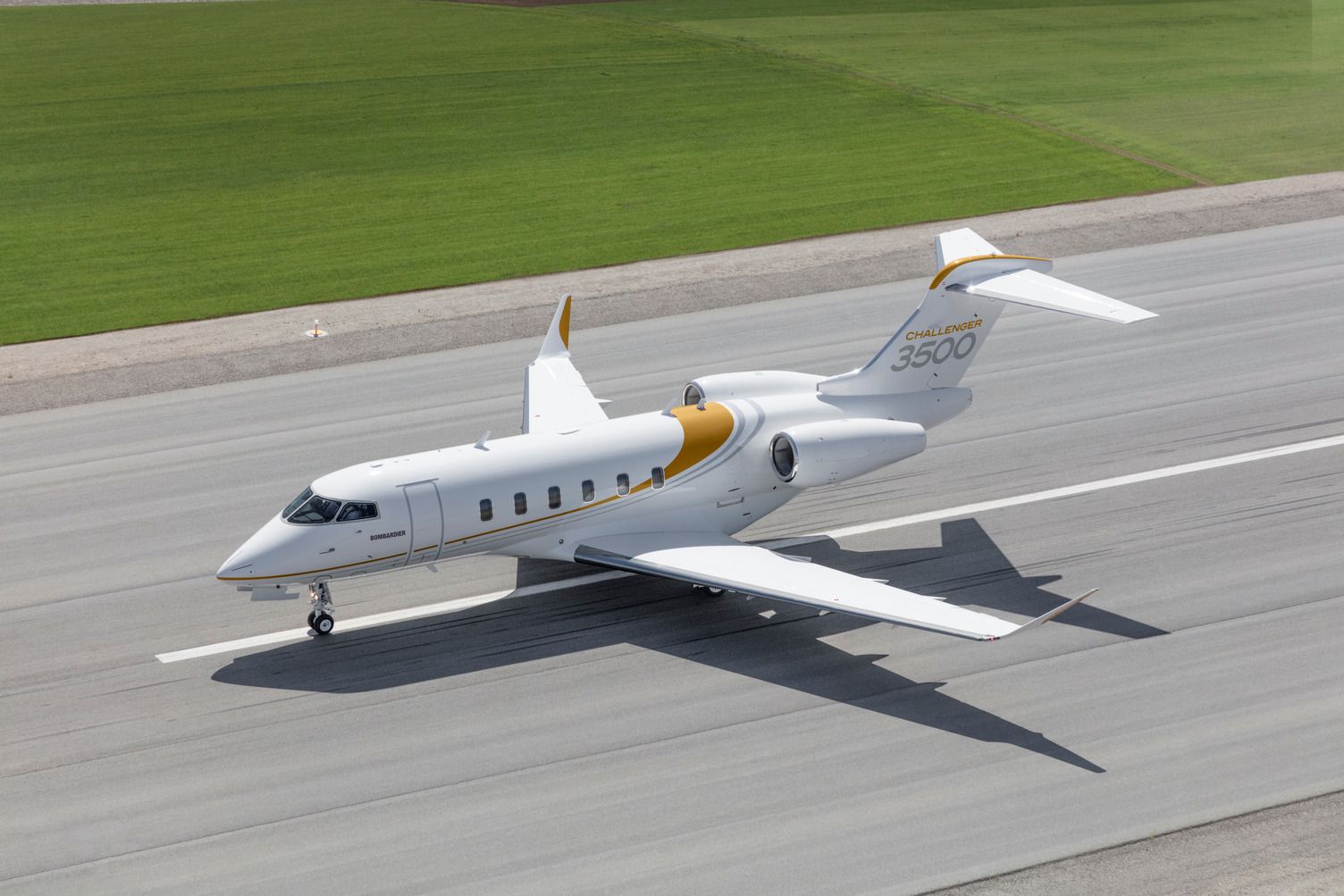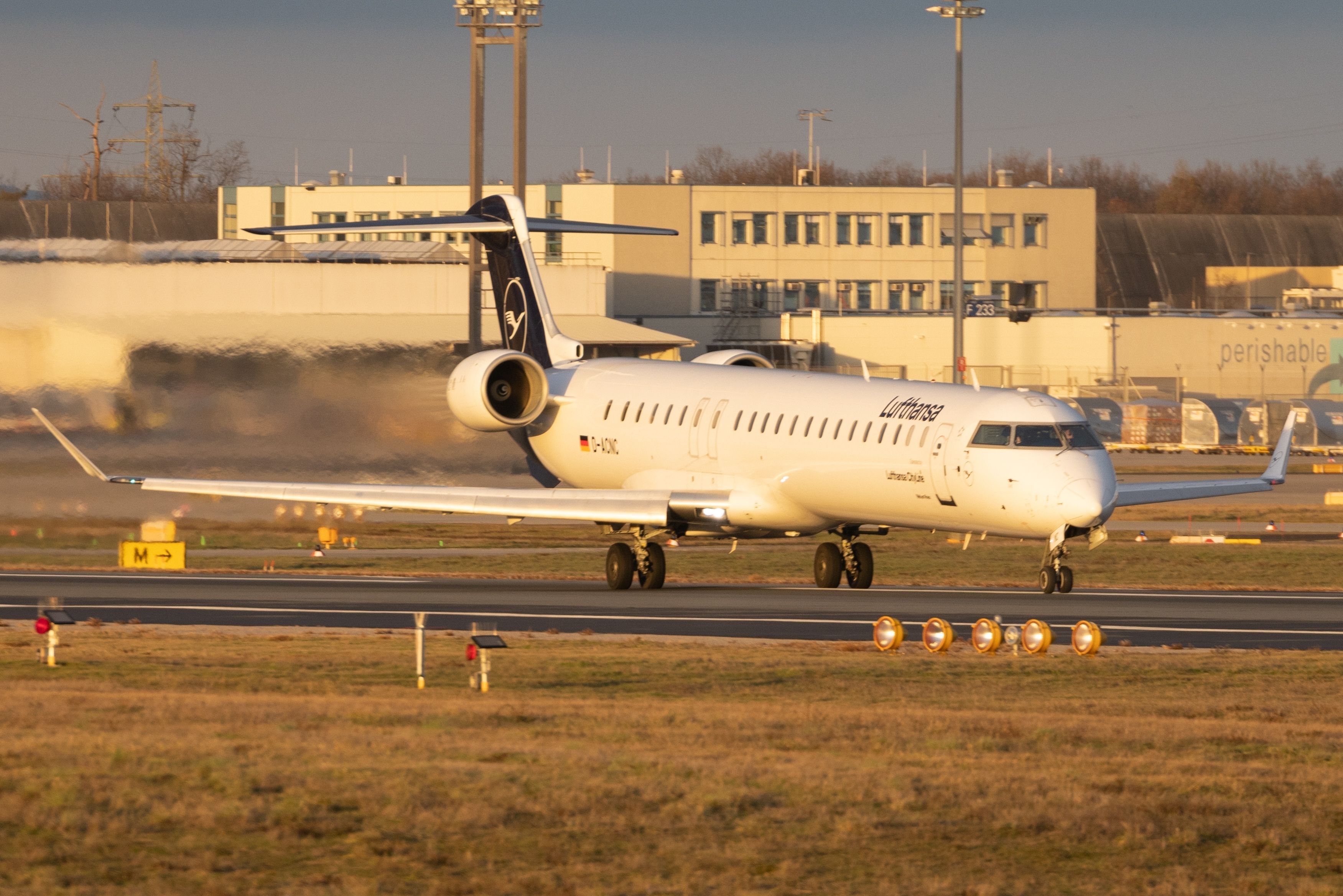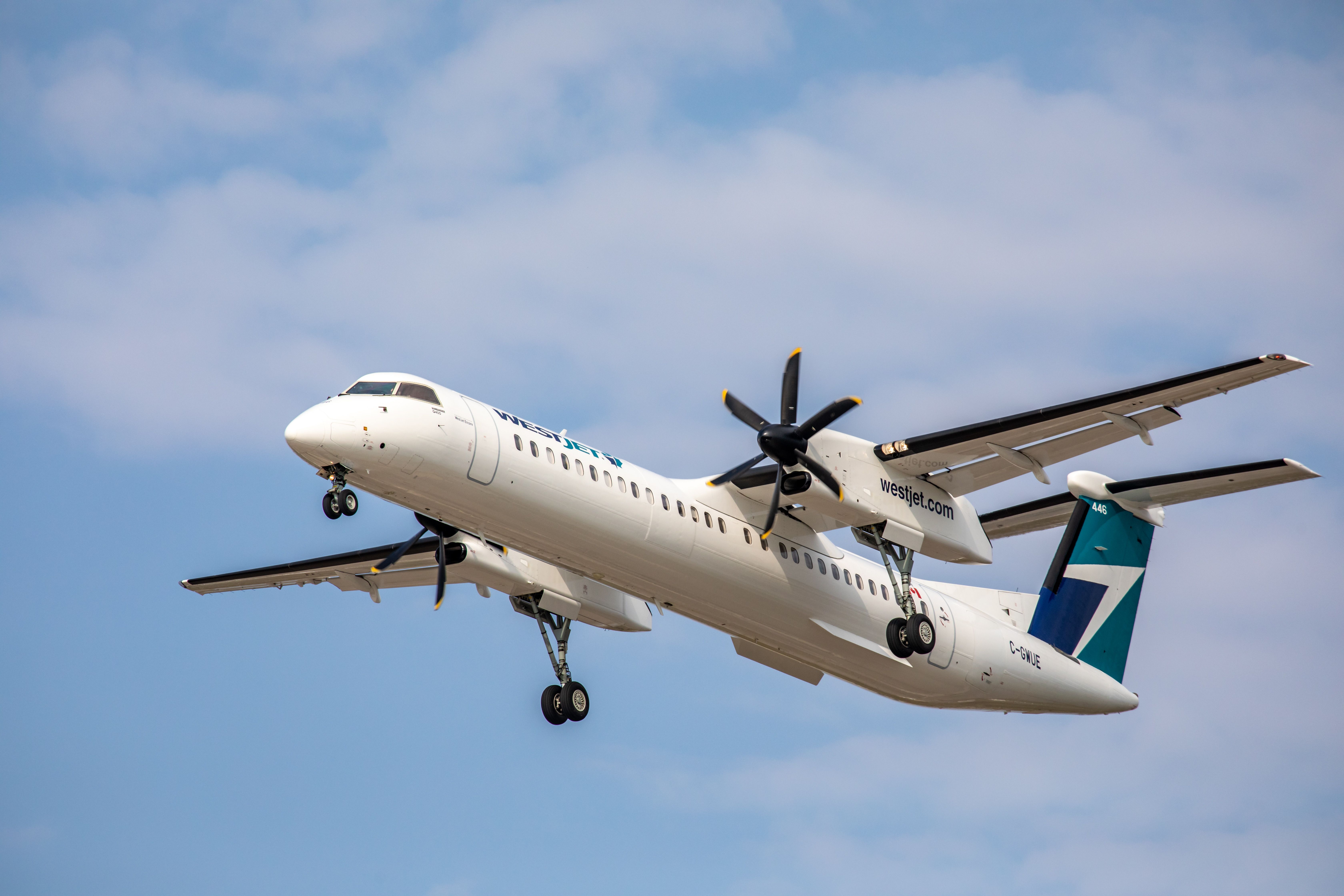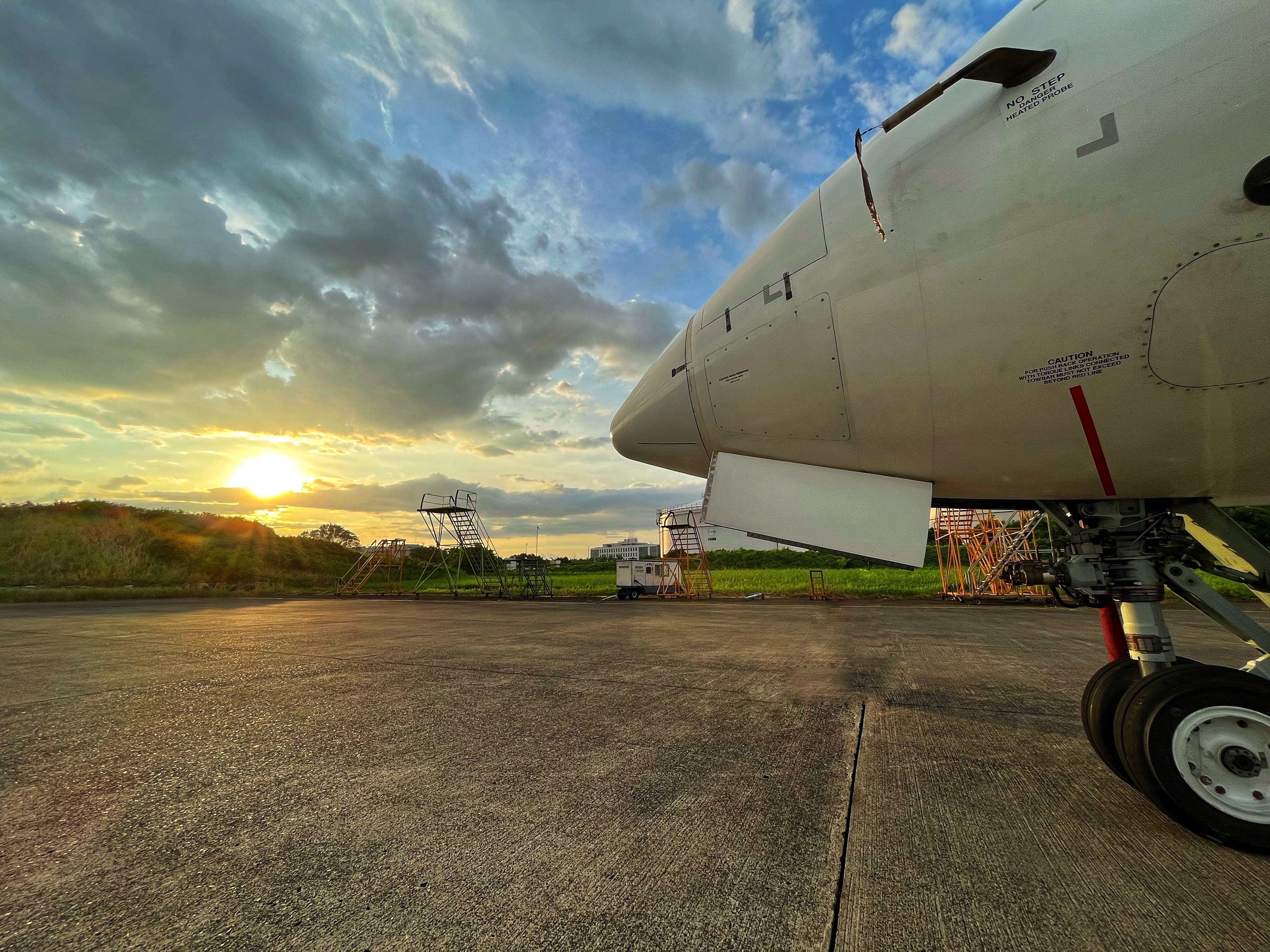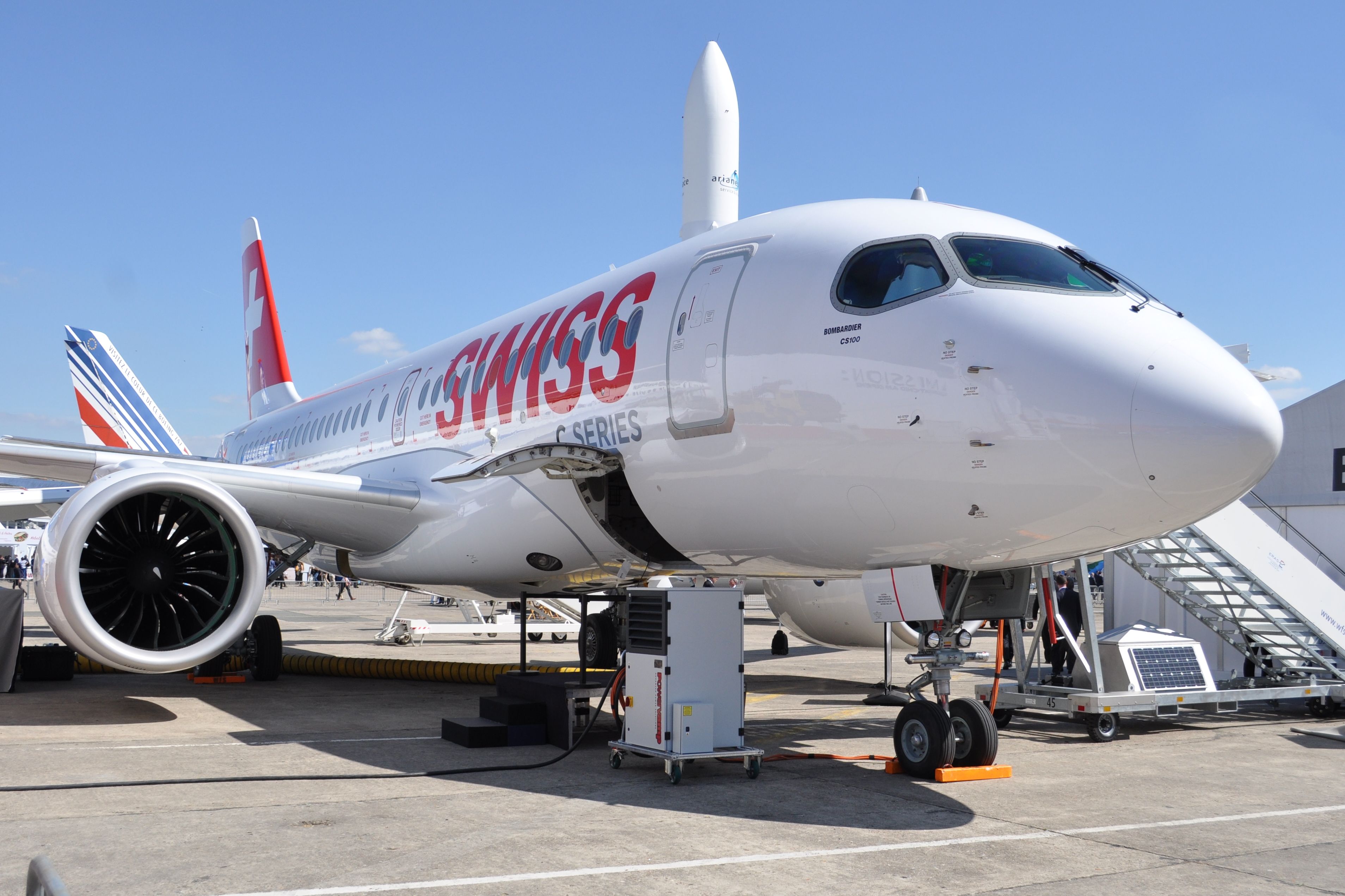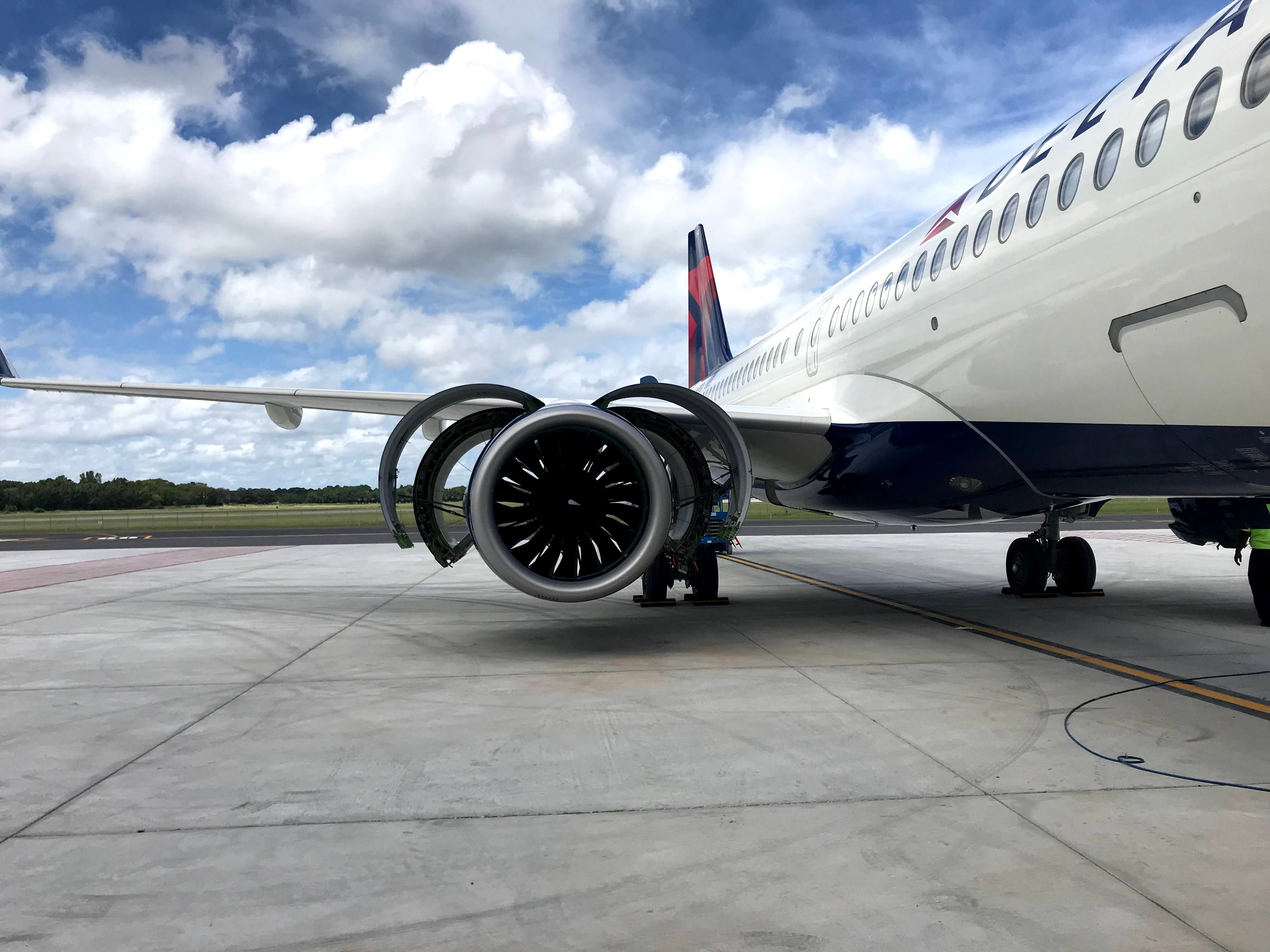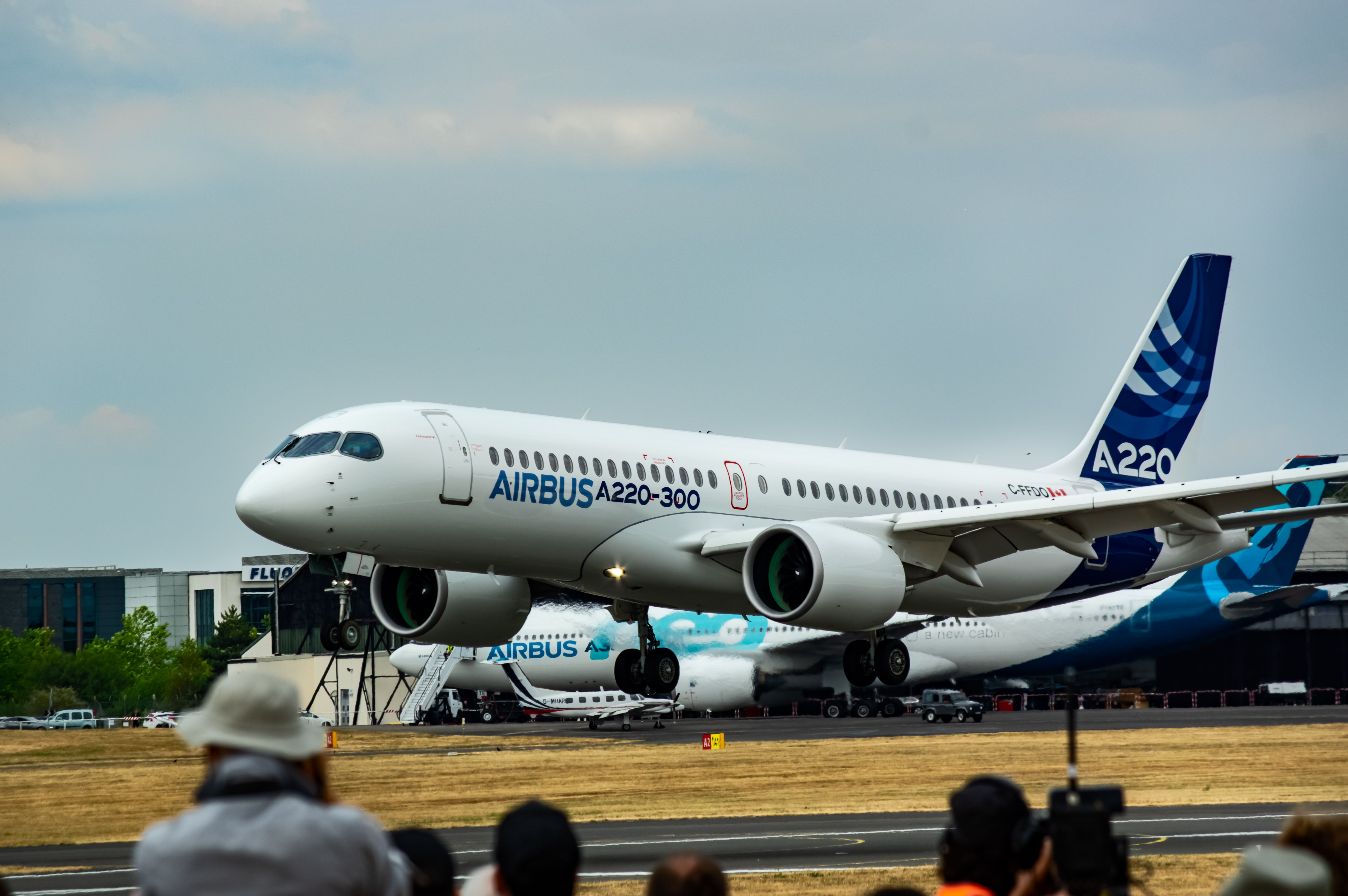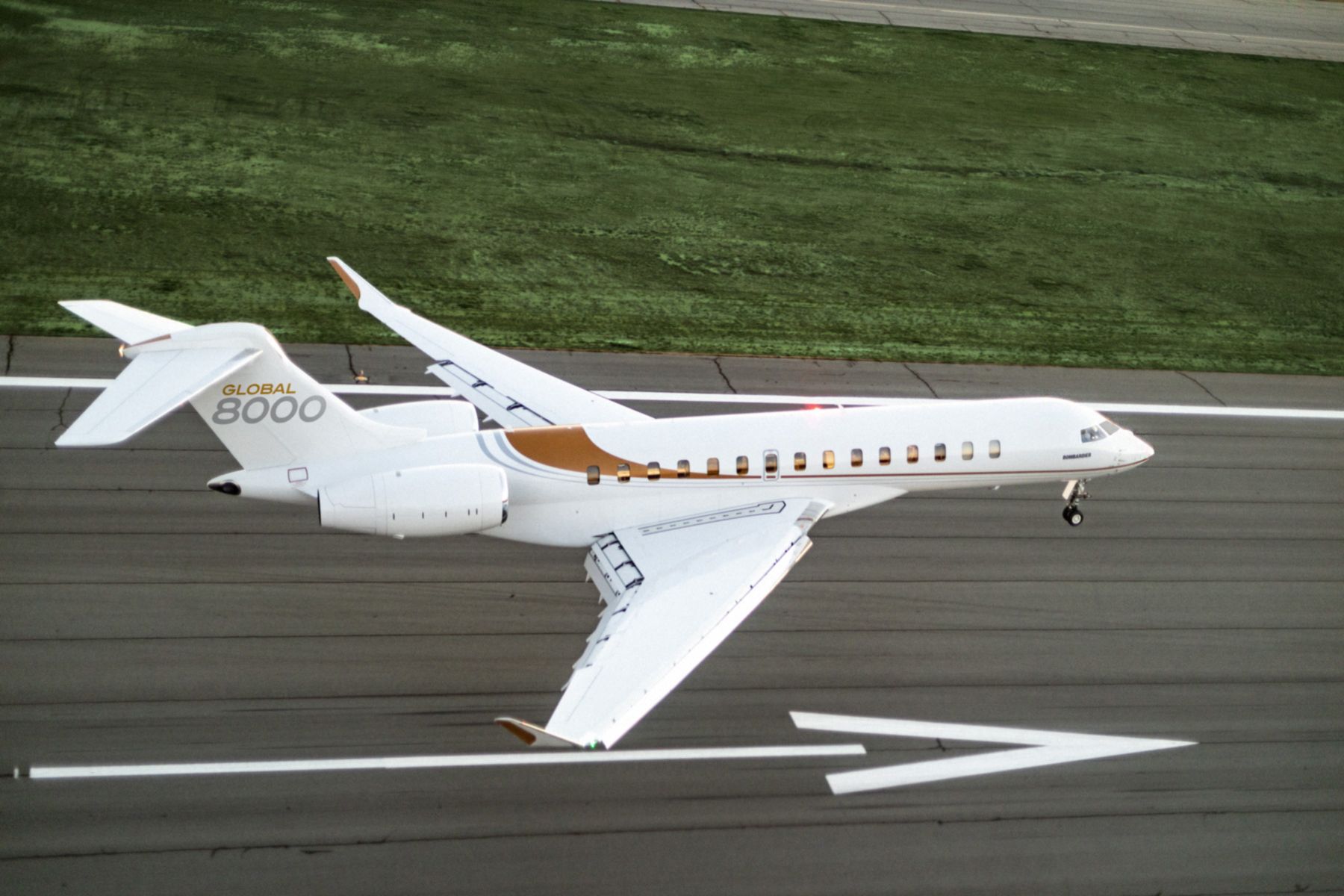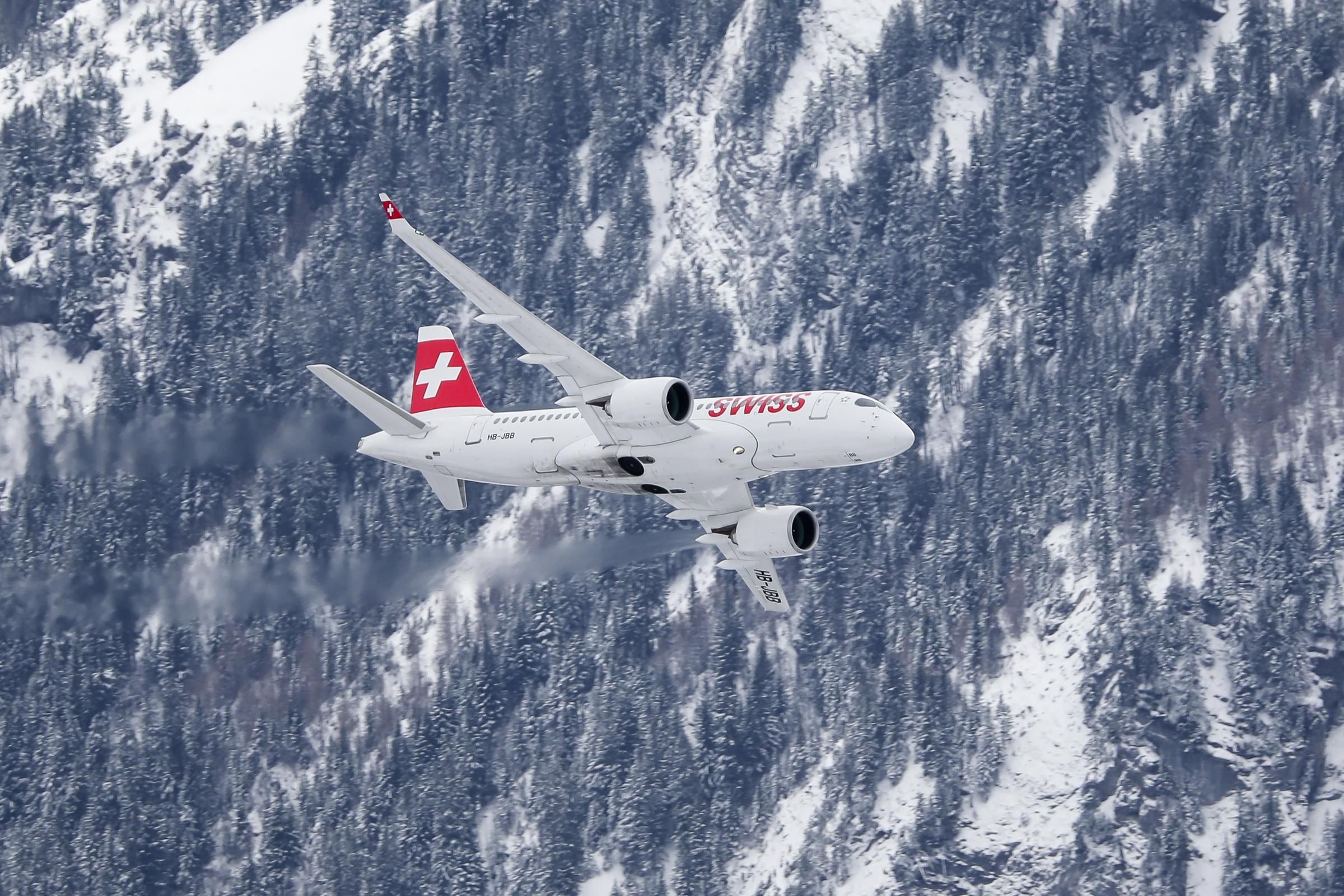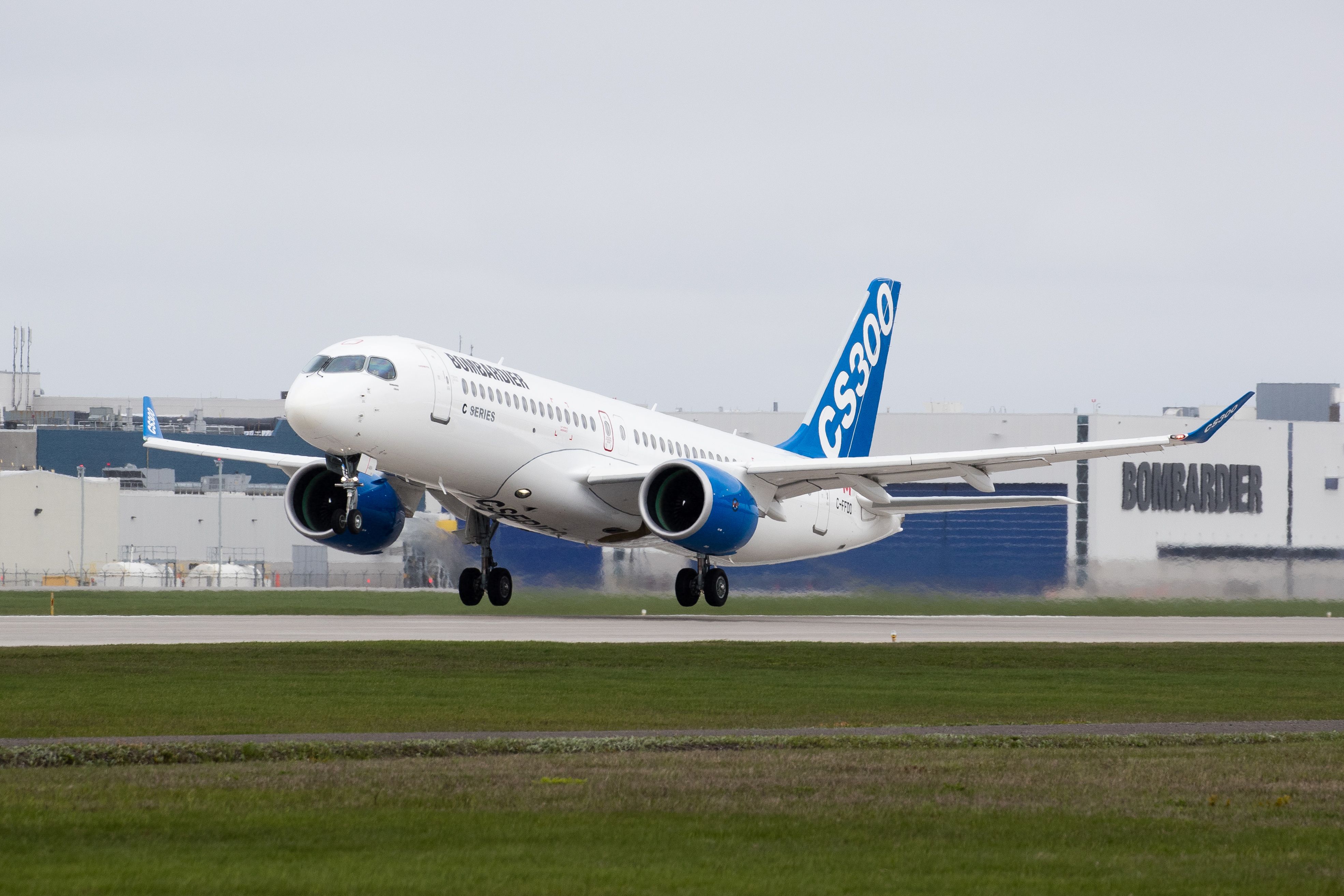Canadian aircraft manufacturer Bombardier has found itself in several pitfalls over the years. In the last several years, the company has pulled itself out of multiple aircraft programs that once were considered core business programs for the aviation division at Bombardier.
The company sold the major share of the C-Series commercial program to Airbus in 2017 due to manufacturing issues, low sales, and an ongoing dispute with Boeing on aircraft sales to United States airlines. Bombardier sold its business jet training program in 2018 to CAE Inc.
In 2019, the company divested itself from the de Haviland Q400 and CRJ programs, further parting ways with the commercial aviation sector. In 2020, the company sold its remaining minority share in the C-Series (Airbus A220) program, waiving a final goodbye to what was once the company's pride. Currently, the company aims to solely focus on its business jets.
This article dives into the history of Bombardier aviation and a closer look into the various events leading up to the current state of the company.
A story beginning in the 1980s
After two decades of modest success with its rail transportation business, Bombardier decided to enter the aerospace sector in 1986. It was in this year that it purchased Canadair - the manufacturer of the Challenger widebody business jets and the CL-215 amphibious firefighting aircraft.
In 1989, Bombardier launched the 50-seat Canadair Regional Jet (CRJ) program, which made its first flight in 1991 and was awarded Canadian-type certification in 1992. These regional jets would be a staple of short-distance, regional travel across North America, filling the fleets with regional affiliate airlines that serve the three big US carriers as well as Air Canada.
The 'roaring 90s'
The 1990s saw Bombardier's regional jet program flourish. With the company's aerospace division gaining momentum, it sought to expand further by purchasing the de Havilland division of Boeing in 1992. This division, based in Canada, would see Bombardier manufacture the ever-popular Dash 8 series regional turboprop.
It was in the early-mid 90s that Bombardier claimed to have become "a leader in the growing market niche of regional airlines and the only one to offer both jet and turboprop aircraft in the 50-seat category." With the CRJ program becoming firmly established through the early 90s, we would eventually see the development of the 70-seat CRJ700 (1997).
Aside from commercial aircraft, Bombardier was also continuing to develop its private jet business. In 1990, it acquired Learjet, giving the company a strong presence in the United States. The company would launch a third business jet program - Global Express. If you're keeping track, this would give Bombardier three business jet programs:
- Challenger
- Learjet
- Global Express
The 2000s and on: Flying too close to the sun?
In 2000, Bombardier would launch the 86-seat CRJ900 and the 100-seat CRJ1000 regional jet in 2007. The updates to the CRJ program would be called the next-generation series, featuring improved operating costs, an all-new cabin, and increased use of composite materials.
With Bombardier Aerospace's private and regional aircraft divisions continuing to expand, Bombardier would then launch the CSeries program in 2008. This aircraft would be a five-abreast commercial airliner family seating 110-130 passengers. The aircraft would feature next-generation technologies and cutting-edge fuel efficiency. Its planned entry into service was to be in 2013.
Gary Scott, Commercial Aircraft Division leader, Bombardier, told the Financial Post,
“Nobody at Bombardier was naïve about the challenge...They tried to mitigate every risk that they saw, but even with all that, it was still a bigger challenge than they could deal with.”
At the 2008 Farnborough Air Show, we would see Lufthansa Group sign a letter of interest (LOI) for up to 60 aircraft, including 30 options. These would eventually be directed towards SWISS. However, aside from Lufthansa's order, there was far less demand than the manufacturer anticipated.
Unfortunately, development delays, cost overruns, and a 2014 engine failure (just before the upcoming Farnborough air show) all seriously hampered Bombardier's ability to sell the aircraft. The program ended up going more than $2 billion over budget, and its entry-to-service was delayed by over two years, hampering customer confidence.
Bombardier's Learjet 85 program also suffered during development, encountering delays, rising costs, and a lack of interest from prospective customers. The mid-size jet was announced in 2007 and would attract around 60 orders before Bombardier paused the program in 2015.
Boeing and DoC CSeries action
It was initially a moment of relief and reward for Bombardier - Delta Air Lines would order 75 CS100 jets with another 50 options in 2016. However, this one sale would draw some unwanted attention from US manufacturer Boeing, which filed a petition for dumping.
Boeing was of the mindset that the aircraft threatened US industry, while Bombardier argued that there was no such aircraft being manufactured in the US that filled the role that the CSeries was aiming for. The Boeing 737 was the closest product but was a much larger aircraft.
On September 26th, 2017, the US Department of Commerce (DoC) imposed tariffs of 220% and added a preliminary 80% anti-dumping duty, resulting in a total duty of 300%. The DoC announced its final ruling a few months later, settling on 292%. This, of course, would have ruined Bombardier's crucial deal with Delta - which it saw as an opportunity to gain a foothold in the lucrative US marketplace.
While the US International Trade Commission (ITC) would go on to rule in Bombardier's favor a few months later, the prolonged legal battle didn't help with orders for the new jet. With few sales coming in and money being spent on this legal battle, Bombardier's vulnerable position led Airbus to throw the Canadian company a lifeline, taking a controlling stake in the CSeries program and giving it a boost with more robust marketing and manufacturing power. This would take place in July 2018.
Discover more aviation news with Simple Flying.
The beginning of the end
With the CSeries under Airbus control, the program - now called the A220 - would see elevated levels of success. So much so that additional funds were needed to ramp up production, funds that Bombardier didn't have at its disposal. As a result, Bombardier would sell its remaining stake in the program to Airbus at the start of 2020.
In late 2018, Bombardier divested itself of another commercial aircraft program: the Dash 8 Q400. "I just kept talking to them and saying, 'If you're ever in a position to sell the whole program, we would be very interested,'" recounts Dave Curtis of Viking Air to BC Business. Viking Air and Longview Aviation Capital Corporation would take complete control of this program from Bombardier.
Then, in June 2019, less than a year later, Bombardier announced the sale of its Canadair Regional Jet Program (CRJ) to Mitsubishi Heavy Industries. This would see the Japanese company handle "the maintenance, support, refurbishment, marketing, and sales activities" of CRJ aircraft.
In February 2020, reports suggested Bombardier was also seeking to sell its business jet interests to American conglomerate Textron. However, it ended up selling off its rail division to French industrial giant Alstom for around $4.5 billion instead, cutting its $9 billion debt burden in half. Despite the rumors, Bombardier announced it would focus solely on the business jet market with its Global, Challenger, and Learjet families.
In early 2021, the company announced it would be ending production of its Learjet range and delivered its final Learjet 75 in March 2022. However, it continues to provide maintenance and support to the global in-service Learjet fleet. Now, in the middle of 2023, Bombardier's Aerospace division is left with just two lines of private/business jets - the Challenger and Global Express.
On the plus side, Bombardier's upcoming Global 8000 is drawing attention as the fastest civil aircraft since the Concorde - with a cruising speed of Mach .94, the jet will be capable of breaking the sound barrier as per tests conducted in 2021. The new business jet is expected to debut in 2025. Bombardier also continues to challenge Boeing for a military contract with the Canadian government, but this is looking increasingly futile.
Where did it go wrong?
There are many contributing factors to Bombardier Aerospace's fall from glory. Like most things in life, it's not straightforward but rather a combination of many forces, though most would point to the spiraling development costs of the CSeries as the deciding factor - as one Bombardier investor put to management back in 2010, "you've put a lot of eggs in the CSeries basket."
Here are the main factors leading to the fall of Bombardier Aerospace:
- Huge debts were taken on from CSeries development
- An ugly trade dispute with Boeing and the US Department of Commerce over the CSeries
- A CSeries pause in development, leading to more intense competition from Embraer
- Dwindling sales of the CRJ program due to Embraer Regional Jet popularity
- An unfruitful and costly Learjet 85 program
Whereas larger manufacturers have the resources and product diversification to weather some of these storms, Bombardier was just not able to ride out some of the rough patches.
Do you think Bombardier Aerospace's downfall was a result of one specific factor? Let us know in the comments.
Source: BC Business, Financial Post

